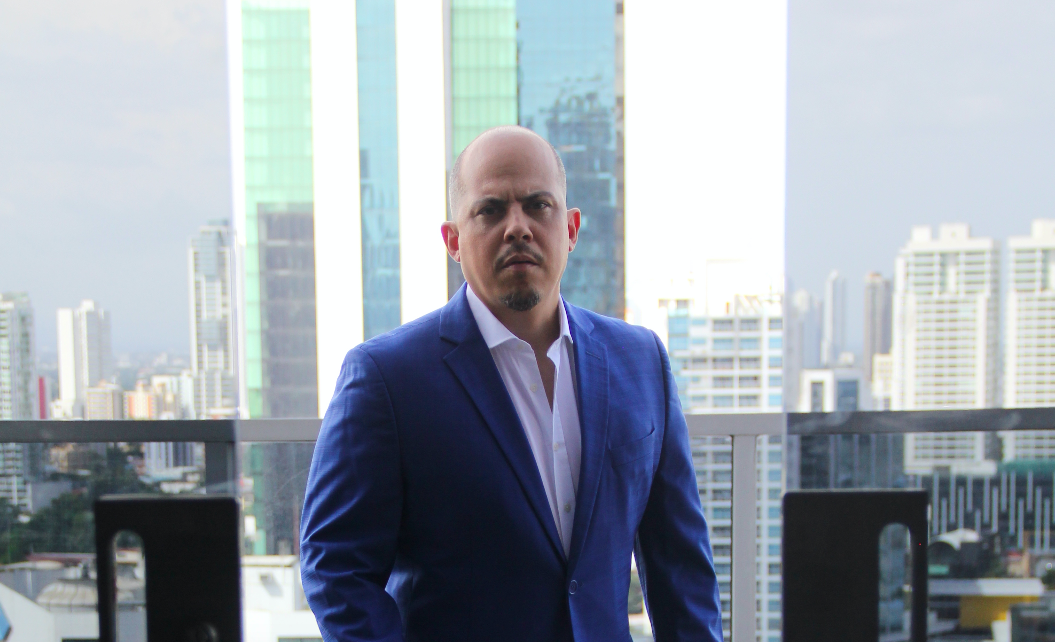Frequently when we see news, videos or images of events, can we trust that this information is true? Is it possible to attest to the source of the content? Naturally, more and more people are losing confidence in the media due to a lack of reliable references to the facts.
What is fake news?
They are information presented in the media, be it television, radio, web pages or social networks that have no basis in facts or immediate verification.
Throughout humanity there has always been false information, being part of the global information problem, the creation of rumors, speculation, or intentional lies have played an important role in the behavior of the masses. The avid desire for manipulation is seen as very intrinsic in political campaigns and much further in the governments themselves.
The contents called Viral, are easily dispersed on social networks and it is the users themselves who carry out their distribution, either due to the fact that they are liked in their contact environment or simply because they are adept, the constant load of unverified information is every time more uncontrollable.
Facebook has been widely questioned in recent years, for using and manipulating the information, even being accused of manipulating presidential elections in the US, Germany or Kenya. Mark Zuckerberg, in less than a year, has gone from being an ambitious CEO to having his company investigated and fined by various governments.
It is evident that thousands of stories are created every minute, many of them based on ephemeral facts or assumptions, the simple task of verifying involves high use of human and economic resources, the time to verify the facts and refute them is much longer than the time that it takes to write a false story.
According to Gutemberg Dos Santos, this is where Blockchain intervenes, this technology that speaks of crypto values and bitcoin enters the scene to change and guarantee the traceability and veracity of the information.
The proposal is to focus the verification of the news sources, their distribution and manipulation, instead of analyzing their quality. Additionally, it would limit the proliferation of false content creators and their business.
Meanwhile, big actors like The New York Times have already taken action in the matter for the use of Hyperledger Fabric in the fight against false news, based on the authentication of the videos and images where all these files will contain data about their creators, publishers and distribution media. Certifying the origin of the information even by any user before it is shared.
DARPA (Defense Advanced Research Projects Agency of the USA) has started to develop software through algorithms that will classify verified content towards verified lists and false content towards refuted lists with the capacity to identify more than 500,000 false documents.
Facebook, Microsoft, Amazon, Google, IBM and academic institutions such as MIT, Cornell Tech, Berkeley, among others, also participate in this association.
Fake news on your fridge
WHO studies have found that the world 600 million people get sick from eating contaminated food, that is, one in 10 people.
What is consumed goes through different places and hands that can contaminate and misuse the original product. The manipulation or fraud of edible products multiplies as each time you buy more prepared food in public places.
PWC points out that the reasons for adulterating products and their information serve to increase the profit of these companies.
It is important that there are no doubts about the food that families and their children will eat, it has been required that food regulations guarantee the traceability of each product. This involves a lot of paperwork, audits, and manual processes that provide clear information on logistics channels and prevent fraud.
Carrefour in Spain has started with the implementation of a QR code on the product label and with their mobile phones any consumer will be able to verify where it was produced, packaged and distributed. All thanks to the fact that blockchain guarantees the immutability of the information and even provides the facility of electronic payments.

